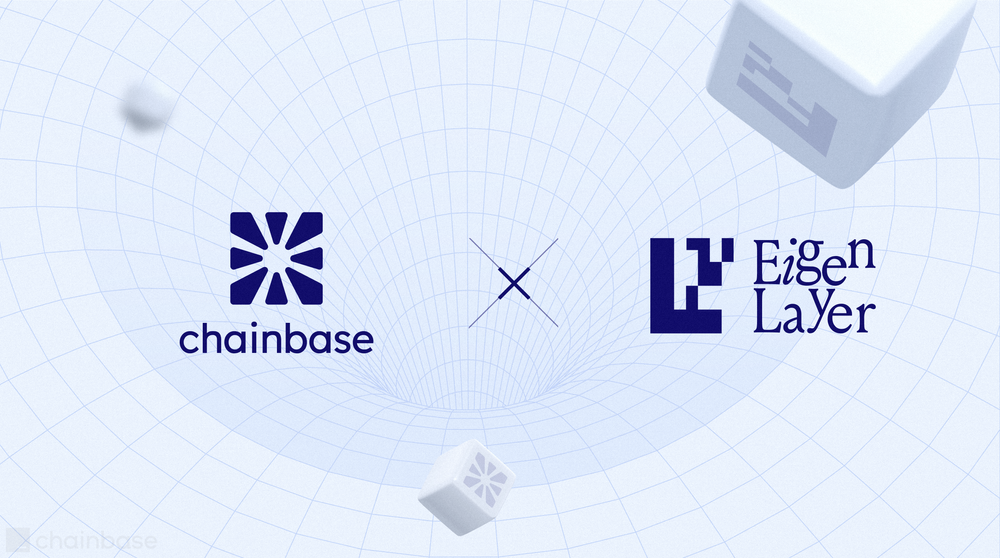Introduction
SushiSwap is a decentralized cryptocurrency exchange (DEX) based on the Ethereum blockchain. It operates in a decentralized and trustless manner using smart contracts, aiming to provide a more convenient and efficient cryptocurrency trading experience. Through its native token, SUSHI, it offers more incentives to liquidity providers and users, further enhancing its ecosystem. Since its inception, SushiSwap has undergone multiple updates and improvements, evolving into a prominent player in the DeFi ecosystem.

Origin
On August 28, 2020, SushiSwap was created by an individual or group under the pseudonym Chef Nomi. It originated as a fork of Uniswap, and the founding team copied the open-source code used by Uniswap, establishing the foundation of SushiSwap while adding its own distinctive features and functionalities.
Twists and Turns
The early days of the SushiSwap project were anything but calm. Just one week after its establishment, Chef Nomi unexpectedly transferred all SUSHI tokens from the project's developer fund to their personal address, exchanging these tokens for a large amount of ETH. According to The Block, Chef Nomi converted their SUSHI LP tokens into approximately 37,400 Ether (ETH), valued at around $13 million. As per data from CoinGecko, the price of SUSHI tokens immediately dropped by 73%, plummeting from $4.44 to $1.20 within the next 18 hours. This action by Chef Nomi immediately sparked strong community backlash, with many accusing them of an "exit scam."

Fortunately, this action did not lead to the project's outright collapse. Under community pressure, Chef Nomi eventually returned most of the ETH and handed over control of the project to Sam Bankman-Fried, the CEO of the cryptocurrency exchange FTX. Subsequently, SushiSwap slowly regained its reputation and initiated a series of updates and improvements.
Technical Features
Automated Market Maker (AMM) with Liquidity Pools
Similar to Uniswap, SushiSwap employs the Automated Market Maker (AMM) model for trading through liquidity pools.
AMM is a decentralized financial protocol used for automated cryptocurrency and token swaps without intermediaries. It facilitates exchanges by providing token pools that are paired. The trading price is determined based on a constant function. Traditionally, market makers provide the majority of liquidity in asset exchanges and determine prices and slippage. AMM uses liquidity pools, and the slippage generated depends on the amount of liquidity provided by liquidity providers (LPs). LPs supply equal amounts of assets to each pool and earn compensation in the form of transaction fees proportional to their contributions.
In the traditional financial world, trading stocks, currencies, commodities, etc., occurs on centralized exchanges. These exchanges act as intermediaries between buyers and sellers, ensuring that buy and sell orders match to complete transactions. In the realm of cryptocurrency, centralized exchanges still exist, but decentralized exchanges (DEXs) have also emerged. One popular model is the Automated Market Maker (AMM), allowing users to trade cryptocurrencies directly without the need for an exchange as an intermediary.
Suppose you want to trade cryptocurrency A for B on a DEX. In a traditional exchange, you'd need to find a seller willing to sell A at your specified price and simultaneously find another seller willing to buy B at your specified price. This could take time and luck, especially with low trading volumes.
In an AMM, things work differently. It's based on the concept of a "liquidity pool" containing various token pairs. Here's a simplified explanation:
- Suppose you want to trade tokens A and B.
- You can deposit some tokens A and tokens B into a liquidity pool for that trading pair, creating a pool.
- The pool has a predetermined ratio that determines the exchange rate between A and B.
Now, when others want to trade A for B, they're essentially trading from your liquidity pool. That's why it's called a "market maker" – your liquidity helps provide a market.
- If someone wants to trade A for B, they directly exchange according to the pool's ratio.
- If someone wants to trade B for A, it's the same – they exchange according to the ratio.

As people trade more, the token ratio in the liquidity pool changes. This is where AMM is smart. It automatically adjusts the exchange rate based on the supply and demand of the tokens in the pool to maintain balance in the market.
Liquidity Mining
SushiSwap's liquidity mining system resembles Uniswap's, rewarding liquidity providers with SUSHI tokens. Users engage in liquidity mining by depositing pairs of tokens into liquidity pools – for instance, depositing an equivalent amount of ETH and USDC. Liquidity providers receive 0.25% of trading fees as rewards, along with additional SUSHI mining rewards. Initially, 10% of the SUSHI token distribution is allocated to liquidity miners, while the majority remains controlled by the development team. Additionally, SushiSwap implements a halving mechanism, periodically reducing SUSHI rewards from liquidity mining to control inflation.
SUSHI Token
SUSHI is the native token of SushiSwap, with a unique economic model. Unlike many other DeFi projects, SUSHI holders in SushiSwap can participate in governance and earn protocol fee revenue through xSUSHI tokens. It plays various roles in the SushiSwap ecosystem, including governance, rewards, and incentives.
- SUSHI token holders have the right to participate in governance decisions of the SushiSwap protocol. This allows them to vote and make decisions regarding parameter adjustments, feature additions, upgrades, etc.
- SUSHI tokens serve as rewards and incentives on the SushiSwap platform. When users provide liquidity to trading pairs on SushiSwap, they receive LP tokens, which they can stake to earn SUSHI rewards. This incentivizes more users to participate in providing liquidity, thereby increasing the liquidity of trading pairs. SushiSwap generates revenue from trading fees, a portion of which is distributed to SUSHI token holders. These holders can earn a portion of trading fees by holding or staking SUSHI tokens.
Version Updates
SushiSwap V1:
Launched in August 2020, the initial version of SushiSwap provided a basic liquidity pool trading platform where users could earn SUSHI rewards by providing liquidity. It introduced liquidity mining with SUSH
I tokens, a major innovation in the world of decentralized exchanges. However, V1 only supported single-token pair liquidity, leading to low utilization rates. Moreover, there was an issue of excessive SUSHI token issuance, resulting in inflation that needed subsequent adjustments.
SushiSwap V2:
In September 2020, V2 brought optimizations and significant improvements, including support for multiple chains (such as Polygon and Fantom) and the introduction of the Kashi lending platform.
The Kashi lending platform allows users to borrow and lend specific asset pairs, improving capital efficiency and reducing risk. Users can collateralize their crypto assets as collateral and borrow other assets, with lent assets coming from the liquidity provided by other users. Interest payments go to liquidity providers, and the entire process is driven by smart contracts, eliminating the need for intermediaries. Collateral ratios determine the amount that can be borrowed. If the collateral price falls to a liquidation threshold, the contract uses the collateral to repay the loan, without an additional margin mechanism. Kashi currently supports collateral in BTC, ETH, stablecoins, etc.
SushiSwap V3:
V3 began testing and rollout in 2022, introducing Shoyu, a decentralized NFT marketplace. Shoyu supports not only regular NFT trading but also enables artists to earn continuous income through NFT sales. V3 also introduced stablecoin liquidity pools for profit in price fluctuations, supporting various order types like limit orders and options. Cross-chain support was added, allowing users to provide cross-chain liquidity via different bridges. Significant optimizations were made, including trade routing and gas cost improvements, to better accommodate institutional liquidity providers.
Future Outlook
Facing increasing competition in the DeFi space, SushiSwap continues to evolve and innovate. According to its development roadmap, more cross-chain support and unique features can be expected. Despite its tumultuous history, SushiSwap has demonstrated resilience and an innovative spirit, making it an anticipated project for further development in the DeFi field.
SushiSwap Resources:
Website: https://www.sushi.com/
Blog: https://www.sushi.com/blog
Twitter: https://twitter.com/sushiswap
Github: https://github.com/sushiswap
YouTube: https://www.youtube.com/c/SushiOfficial
About Chainbase
Chainbase is an all-in-one data infrastructure for Web3 that allows you to index, transform, and use on-chain data at scale. By leveraging enriched on-chain data and streaming computing technologies across one data infrastructure, Chainbase automates the indexing and querying of blockchain data, enabling developers to accomplish more with less effort.
Want to learn more about Chainbase?
Visit our website chainbase.com Sign up for a free account, and Check out our documentation.
Website|Blog|Twitter|Discord|Link3









